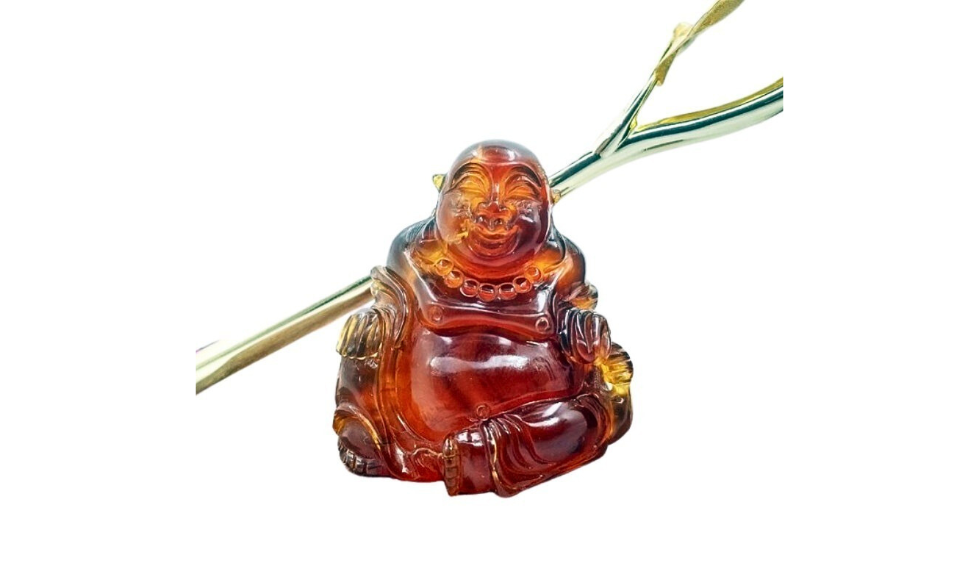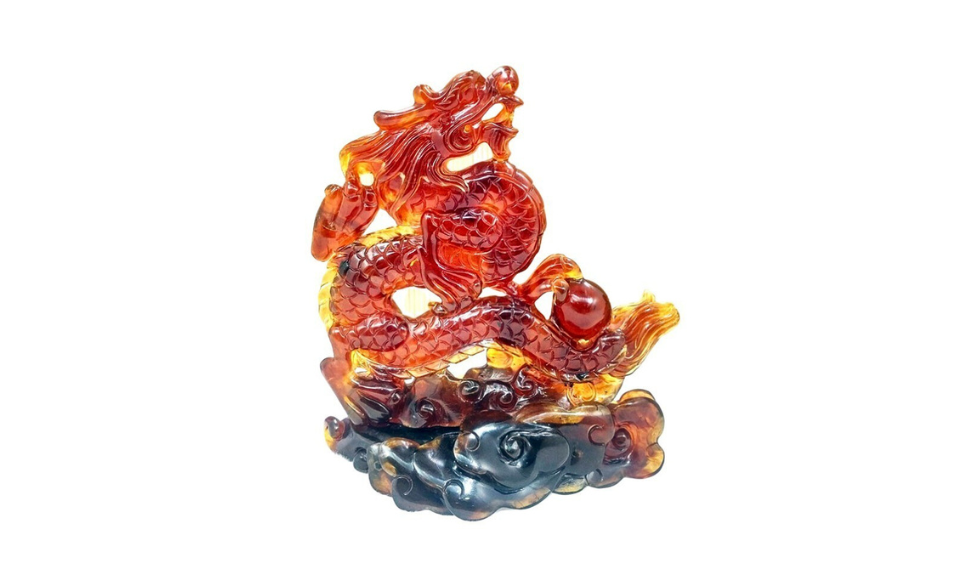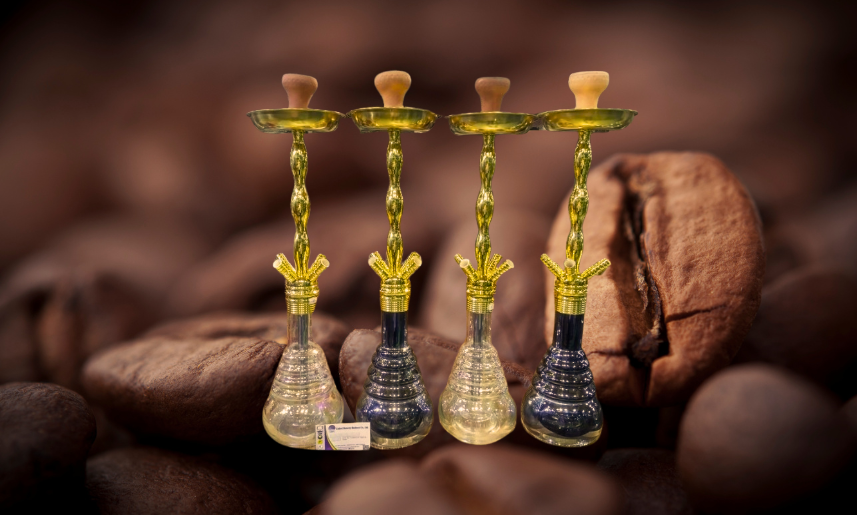How Much is Burmese Amber Worth? Understanding Its Value
Myanmar's Fastest Online Shopping Destination

Unveiling the Rich History of Myanmar Amber: A Timeless Gem
Introduction to Myanmar Amber
Myanmar amber, often referred to as Burmese amber, is a remarkable gemstone that has captivated the interest of both scientists and jewelry enthusiasts alike. Its allure lies not only in its aesthetic appeal but also in its rich history and the window it provides into the ancient world. Amber, a fossilized tree resin, has been cherished throughout history for its beauty and the fascinating inclusions it often contains.
Definition and Significance
Amber is essentially the fossilized resin of ancient trees, which has undergone a natural polymerization over millions of years, transforming it into a hard, translucent material. Myanmar amber is renowned for its exceptional clarity and the variety of colors it exhibits, ranging from a pale yellow to a deep reddish-brown. What sets it apart from other types of amber is its age and the incredible diversity of inclusions it contains, such as insects, plants, and even small vertebrates. These inclusions offer a unique glimpse into the ecosystems of the distant past, making Myanmar amber a valuable resource for scientific research as well as a sought-after material in jewelry making.
Historical Use in Jewelry
The use of amber in jewelry dates back thousands of years, with Myanmar amber being highly prized among ancient civilizations. Its natural beauty and rarity made it a symbol of status and wealth. In ancient times, it was believed that amber possessed mystical properties, offering protection and healing to its wearer. This belief, combined with the gemstone's natural allure, contributed to its popularity in various cultures around the world.
In Myanmar, amber has been used in traditional jewelry for centuries. Artisans have skillfully crafted this ancient resin into stunning pieces, ranging from simple beads to intricate carvings, showcasing the natural beauty of the amber and the skill of the craftsmen. The historical significance of Myanmar amber in jewelry is not only a testament to its enduring appeal but also to the rich cultural heritage of the region.
The history of Myanmar amber is a fascinating journey through time, from its formation millions of years ago to its revered status in ancient jewelry and its continued popularity today. As we delve deeper into the geological origins, the richness of its inclusions, and its historical exploitation and modern controversies, we uncover the timeless charm of this ancient gemstone and its significance in the world of jewelry.
Geological Origins and Age
The story of Myanmar amber is as fascinating as it is ancient, taking us back to the Cretaceous period, approximately 100 million years ago. This was a time when dinosaurs roamed the earth, and the planet looked very different from today. The amber itself is fossilized tree resin, which over millions of years, has hardened and turned into the gemstone we admire today. Its origins are deeply intertwined with the unique environmental conditions of the Hukawng Valley in Myanmar, which played a pivotal role in the formation and preservation of this precious gem.
Formation during the Cretaceous period
During the Cretaceous period, the area that is now Myanmar was covered in dense forests. These forests were filled with trees that produced large amounts of resin. Over time, this resin would harden and become buried under layers of earth and sediment. The pressure and heat from the earth transformed the resin into amber. This process took millions of years, and it is this long journey through time that gives Myanmar amber its unique characteristics and value.
The Hukawng Valley's unique environment
The Hukawng Valley in Myanmar is renowned for its rich deposits of amber. The valley's environment during the Cretaceous period was crucial for the formation of amber. The climate was warm and humid, ideal for the types of trees that produced the resin. Additionally, the geological conditions of the area helped preserve the resin as it fossilized into amber. The valley's sediments protected the resin from the elements, allowing it to survive undisturbed for millions of years.
This unique combination of climate and geological conditions has made the Hukawng Valley one of the most important sources of amber in the world. The amber found here is not only notable for its age but also for its clarity and the diversity of inclusions it contains. These factors make Myanmar amber highly sought after by collectors, scientists, and jewelry makers alike.
The Richness of Inclusions
Myanmar amber, often referred to as Burmese amber, is not just a gemstone; it's a window into the ancient world. The richness of inclusions within Myanmar amber is unparalleled, capturing a diverse array of flora and fauna that existed during the Cretaceous period, over 100 million years ago. These inclusions provide invaluable insights into the ecosystems of the past, making Myanmar amber a treasure trove for both jewelry enthusiasts and paleontologists.
Diversity of Flora and Fauna
The inclusions found in Myanmar amber are incredibly diverse, ranging from tiny insects and spiders to larger animals like lizards and even feathers from dinosaurs. This diversity is a testament to the vibrant ecosystems that once thrived in the region. The preservation of these organisms is so exquisite that it allows scientists to study their anatomy in remarkable detail, offering clues about their behavior, diet, and evolutionary history.
-
Insects and Arachnids: Many pieces of Myanmar amber contain perfectly preserved insects and spiders, including species that are now extinct. These inclusions provide a glimpse into the insect world of the Cretaceous period, showcasing the ancestors of many modern insects.
-
Plants: Amber also encapsulates parts of plants, such as leaves, flowers, and seeds. These botanical inclusions help scientists understand the ancient flora and how plant life has evolved over millions of years.
-
Vertebrates: More rare and fascinating are the vertebrate inclusions, such as small lizards, birds, and even dinosaur feathers. These remarkable finds have significantly contributed to our understanding of dinosaur biology and the evolution of birds.
Significance for Paleontological Research
The inclusions in Myanmar amber are of immense significance for paleontological research. They provide a direct link to the past, offering a detailed snapshot of the biodiversity that existed during the Cretaceous period. This has led to numerous scientific discoveries, including new species that were previously unknown to science. The level of preservation often allows for the study of internal structures, such as muscles, organs, and even cells, providing insights into how these ancient organisms lived and interacted with their environment.
Unique Inclusions in Jewelry Pieces
For jewelry enthusiasts, Myanmar amber with unique inclusions is highly sought after. These pieces are not just beautiful; they tell a story millions of years old. Jewelry designers often seek out amber with visible inclusions, as they add character and uniqueness to each piece. Whether it's a necklace with a piece of amber containing a prehistoric insect or earrings showcasing ancient plant material, these jewelry pieces are a conversation starter, blending the allure of natural beauty with the mystique of ancient history.
-
Insect Inclusions: Jewelry with amber that contains insects is particularly popular, offering a glimpse into the ancient world. Each piece is unique, with no two inclusions being exactly alike.
-
Plant Material: Amber with plant material can add a greenish hue and intricate patterns to jewelry, making each piece distinct and visually appealing.
-
Rare Finds: Jewelry pieces that feature rare vertebrate inclusions are exceptionally valuable and sought after by collectors and enthusiasts alike.
Myanmar amber inclusions not only captivate the imagination but also connect us to the distant past, making them a timeless addition to any jewelry collection. The combination of natural beauty, historical significance, and scientific value makes Myanmar amber a truly unique gemstone, cherished by both the jewelry industry and the scientific community.
Historical Exploitation and Modern Controversies
The history of Myanmar amber is not just a tale of beauty and scientific wonder; it's also a narrative marked by periods of exploitation and surrounded by modern controversies. This gemstone, which has captivated humans for millennia, has a complex backstory that intertwines with the socio-political fabric of Myanmar and its neighboring regions.
Ancient Trade Routes to China
The allure of Myanmar amber has been known since ancient times, particularly its significance in the creation of exquisite jewelry pieces. Historical records suggest that amber from Myanmar was highly prized in China, dating back to the Han Dynasty (206 BC – 220 AD). It was transported along ancient trade routes, a testament to its value and desirability across borders. This early trade laid the groundwork for a long-standing relationship between Myanmar and China centered around amber, but it also marked the beginning of the gemstone's exploitation.
British Era to Present-Day Mining Conditions
The British colonization of Myanmar in the 19th century marked a new chapter in the exploitation of its amber resources. The British, recognizing the value of amber, especially for jewelry, intensified mining activities. This period saw a significant increase in the extraction of amber, often at the cost of environmental degradation and without substantial benefits to the local communities.
In the present day, amber mining in the Hukawng Valley continues, albeit under different circumstances. The region is now fraught with conflict, and control over amber mines has become a contentious issue. Various groups, including ethnic armed organizations and the Myanmar military, vie for control over these lucrative resources. The conditions in the mines are often perilous, with miners working in dangerous environments for meager wages.
The Future of Myanmar Amber in Jewelry
Ethical Sourcing and Conflict-Free Certification
The journey of Myanmar amber into the future of jewelry is paved with challenges and opportunities. One of the most pressing issues is the ethical sourcing of this precious gem. The global community is increasingly aware of the importance of conflict-free certification for gemstones, which ensures that the mining and sale of these materials do not fund armed conflict or result in human rights abuses. For Myanmar amber, this means implementing stringent measures to verify the origins of amber pieces, ensuring they come from mines that adhere to ethical labor practices and do not contribute to the ongoing conflicts within the region.
Trends in Amber Jewelry Design
As we look ahead, the design trends for Myanmar amber jewelry are evolving. Designers are increasingly drawn to the unique qualities of amber, incorporating its rich history and the fascinating inclusions it contains into their creations. Modern jewelry pieces are not just about the aesthetic appeal of amber but also about telling a story. From elegant, minimalist settings that highlight the natural beauty of the amber to intricate designs that combine other gemstones and materials, the versatility of Myanmar amber is being explored in exciting new ways. These trends reflect a deeper appreciation for amber's connection to the earth and its ancient past, making each piece a conversation starter.
The Role of Myanmar Amber in Contemporary Jewelry
Myanmar amber continues to hold a special place in the world of contemporary jewelry. Its allure lies not only in its beauty but also in its ability to connect us to a world millions of years ago. Jewelry designers and enthusiasts are drawn to amber for its unique properties, including the remarkable inclusions that offer a glimpse into prehistoric life. As the demand for sustainable and ethically sourced gemstones grows, Myanmar amber stands out as a gem that can meet these criteria while offering something truly unique.
The role of Myanmar amber in contemporary jewelry is also being shaped by technological advancements. Cutting-edge techniques in gemstone cutting and setting are allowing designers to experiment with amber in ways that were not possible before, creating pieces that are both modern and timeless. Furthermore, the digital age has made it easier for stories about the origins and significance of Myanmar amber to reach a global audience, increasing its appeal.
Looking forward, the future of Myanmar amber in jewelry is bright, but it hinges on the industry's ability to navigate the challenges of ethical sourcing and to continue innovating in design. As awareness and appreciation for this ancient gem grow, so too will its significance in the world of jewelry. The timeless appeal of Myanmar amber, combined with a commitment to ethical practices, ensures that it will continue to enchant and inspire for generations to come.
























Leave a comment